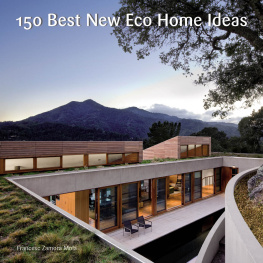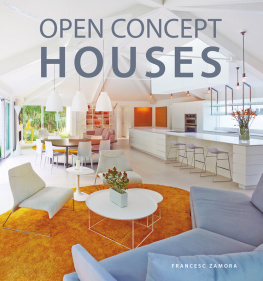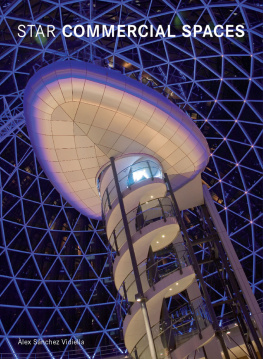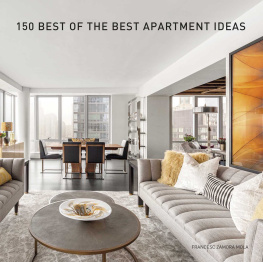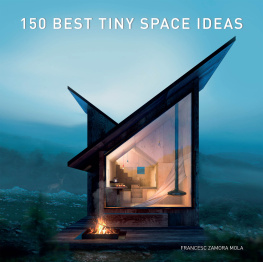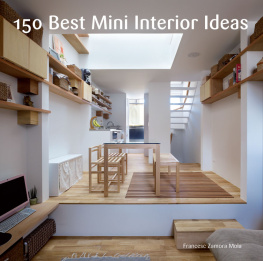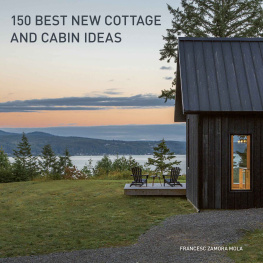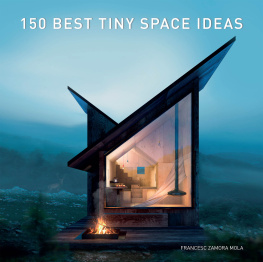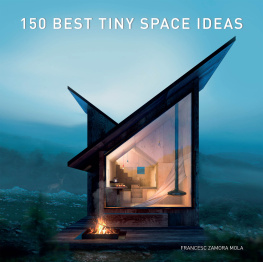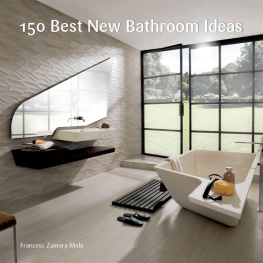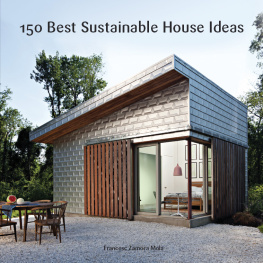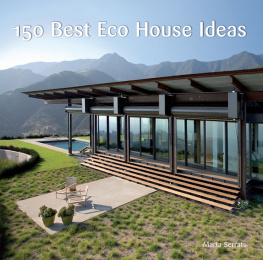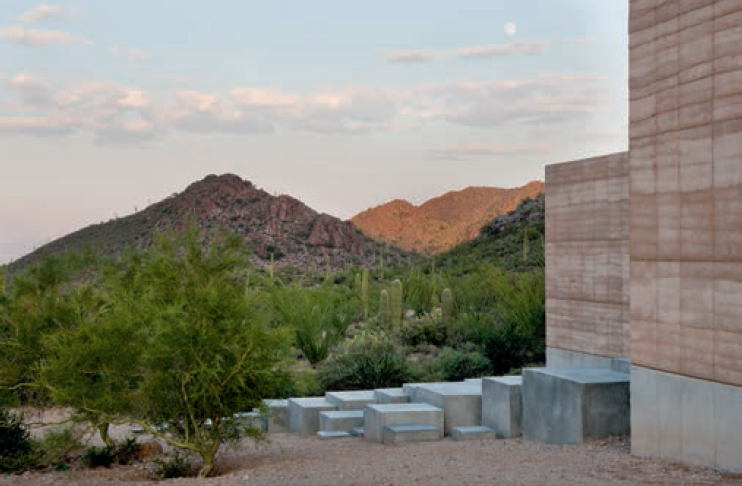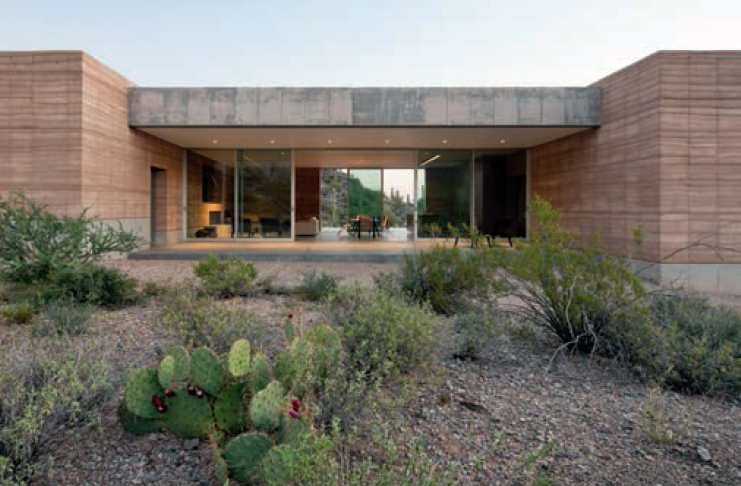Francesc Zamora Mola - 150 Best New Eco Home Ideas
Here you can read online Francesc Zamora Mola - 150 Best New Eco Home Ideas full text of the book (entire story) in english for free. Download pdf and epub, get meaning, cover and reviews about this ebook. year: 2017, publisher: Harper Design, genre: Romance novel. Description of the work, (preface) as well as reviews are available. Best literature library LitArk.com created for fans of good reading and offers a wide selection of genres:
Romance novel
Science fiction
Adventure
Detective
Science
History
Home and family
Prose
Art
Politics
Computer
Non-fiction
Religion
Business
Children
Humor
Choose a favorite category and find really read worthwhile books. Enjoy immersion in the world of imagination, feel the emotions of the characters or learn something new for yourself, make an fascinating discovery.
- Book:150 Best New Eco Home Ideas
- Author:
- Publisher:Harper Design
- Genre:
- Year:2017
- Rating:5 / 5
- Favourites:Add to favourites
- Your mark:
150 Best New Eco Home Ideas: summary, description and annotation
We offer to read an annotation, description, summary or preface (depends on what the author of the book "150 Best New Eco Home Ideas" wrote himself). If you haven't found the necessary information about the book — write in the comments, we will try to find it.
Discover the latest in sustainable architecture and environmentally friendly home design in this outstanding volume in the popular 150 Best series, which features nearly 500 pages of full-color photographs and dozens of inventive and decorative profiles.Architects, designers, and homeowners today looking for comfortable, beautiful dwellings with a minimal carbon footprint will find a cornucopia of ideas in this handsome compendium. A fabulous review of the most forward-thinking eco-friendly house designs being created today, 150 Best New Eco Home Ideas showcases the work of internationally renowned architects and designers who have achieved practical, innovative, and stunning solutions around the globe.From solar paneling and wind energy systems to environmentally-friendly heating and cooling solutions and thermal glazing to trombe walls, 150 Best New Eco Home Ideas covers the latest trends and breakthroughs in eco homes. Inspiring and inventive, this lush sourcebook is essential for architects, designers, interior decorators, and all conscientious homeowners interested in creating warm and inviting homes with only a fraction of the environmental impact of those using conventional methods.
Francesc Zamora Mola: author's other books
Who wrote 150 Best New Eco Home Ideas? Find out the surname, the name of the author of the book and a list of all author's works by series.

